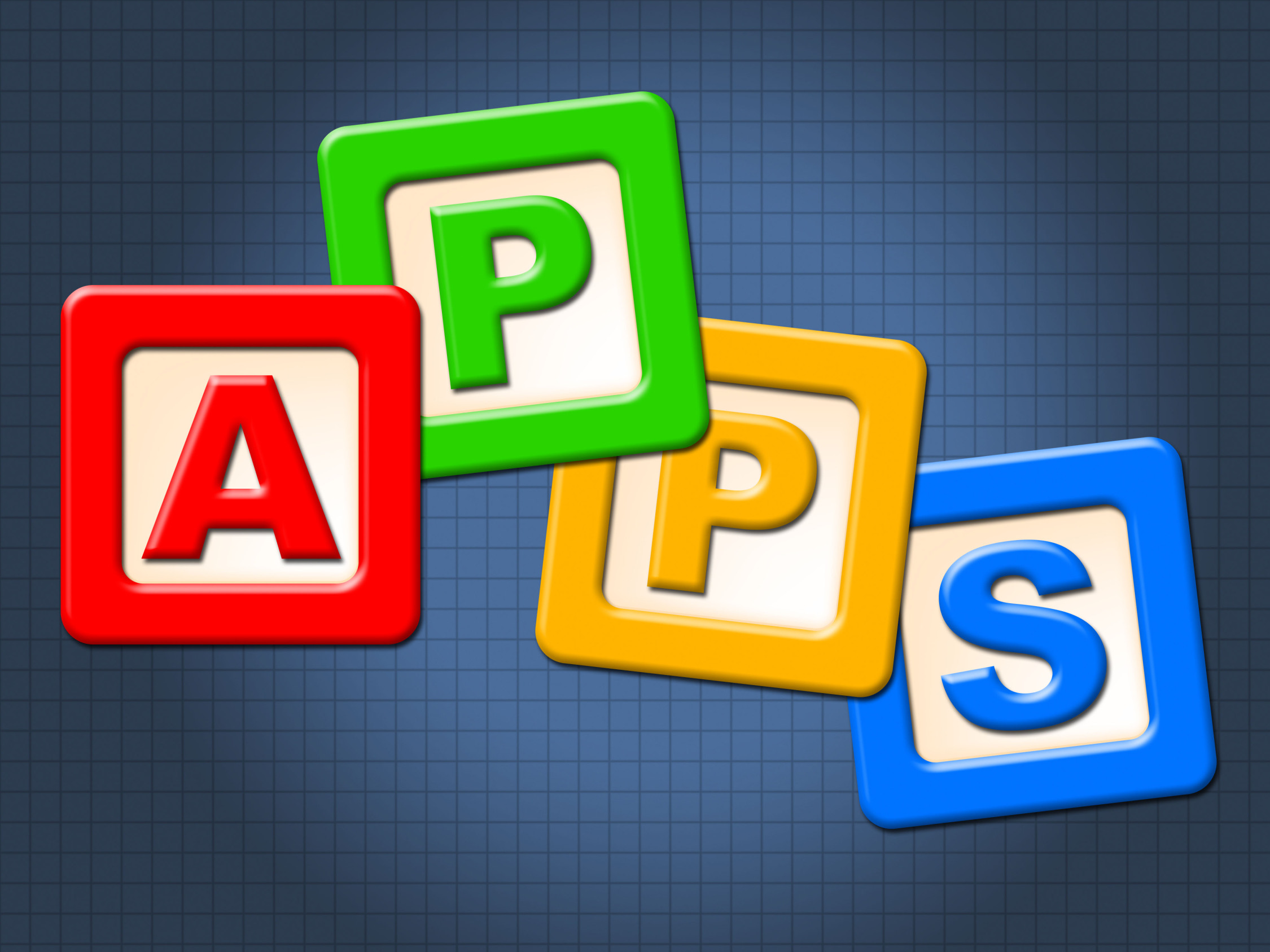 There’s a reason why the brain uses 25% of the calories you eat: Thinking is hard work. Subjects like math and science — the ones only “smart” kids do well in — demand that you find patterns, unravel clues, connect one dot to another, and scaffold knowledge learned in prior lessons. Worse, you’re either right or wrong with no gray areas.
There’s a reason why the brain uses 25% of the calories you eat: Thinking is hard work. Subjects like math and science — the ones only “smart” kids do well in — demand that you find patterns, unravel clues, connect one dot to another, and scaffold knowledge learned in prior lessons. Worse, you’re either right or wrong with no gray areas.
Wait. Where have we heard those characteristics before? In games! Do these descriptions sound familiar (or ask your game-playing students)?
Take the helm of your own country and work together with others to solve international problems!
Manage your city so it’s energy efficient and sustainable.
Solve a mysterious outbreak in a distant tropical jungle and save the scientists.
All torn straight from the taglines of popular games. Kids love playing games, leveling up, and finding the keys required to win. They choose the deep concentration and trial-and-error of gameplay over many other activities because figuring out how to win is exciting. So why the disconnect among teachers and parents when applying gameplay to learning?
Surprisingly, all you need is one simple mindshift to do this: Create a classroom environment where thinking isn’t considered work. Don’t say science and math are hard. Don’t jump in to solve problems. Let students thrill with the excitement of finding their own solutions. The great thinkers of our time understand that everyone is capable of finding solutions:
“Failure isn’t falling down; it’s not getting up.” — Mary Pickford
“No problem can withstand the assault of sustained thinking.” — Voltaire
“Life is a crisis. So what?” — Malcom Bradbury
I’ve discussed problem-solving before (see How to Teach Students to Solve Problems). Today, I want to share five favorite websites that turn the deep-thinking required for solving problems into fun:
60-second Adventures in Thought
by Open University
Grades 3 and up
Can a cat be both alive and dead (Schroedinger’s Cat)? How does a tortoise beat Achilles in a race? What do the secrets of GPS have to do with relativity? 60-second Adventures in Thought are six sixty-second videos on “thought experiments” that have changed the world. Thought experiments, made famous by both the ancient Greeks and Albert Einstein, are carried out only in the imagination. They start with “what if” and proceed to prove/disprove a hypothesis without raising a pencil. The six you’ll find on this website are the most famous, covering subjects like time travel, infinity, quantum mechanics and artificial intelligence humorously and mindblowingly. Voiced by comedian David Mitchell, they will not fail to enthrall students.
The Crossing
by Ramon Vullings and Igor Bytterbier
Kindergarten and up
The Crossing is a video showing how a society of “nearlings” tries, fails, and tries again to cross a chasm. It’s easy-to-follow, less than two minutes, and humorous. The moral is the nearlings’ tenacity; They just won’t give up. BTW, a nearling is a positive word for something that was done with the right intentions but has yet to lead to the right results. Think “nearly” and you’ve got it.
How to Critically Think
George Polya presented by the Mathematical Association of America
8th grade and up
George Polya is the most brilliant unknown mathematician to ever live. When he became frustrated with the process of memorizing and regurgitating, he published a book called How to Solve it (1945) to share his four-step process to solve problems. This one-hour [quite old] wildly-famous video shares his discussion of that method. It validates what many teachers already teach, the problem-solving steps included in Common Core, as well as how most of us intuitively set out to solve a problem. I’ll give you a hint: Where many of us go wrong is we give up too soon.
Inference Riddles
by Phil Tortuga
Grades 1 and up
Phil Tortuga’s inference riddles are designed to provide students with a fun and engaging activity to practice inference and prediction at a variety of skill levels. In this online game, players make guesses based on clues provided by the website. When players think they know the answer, they type it in a dialogue box provided on the website and check to see if they’re right.
Quandary
by MIT
Ages 8 and up
Quandary is MIT’s free, award-winning space-themed online game that requires decision-making, critical-thinking, perspective-taking, and ethical evaluation to make decisions that can save a dying planet. To do so requires you solve the problems that threaten to end this world. The trick is to separate fact from fiction, assess varied viewpoints, and make ethical decisions that are best for all world citizens. Once you’ve made a decision, you can see how it plays out in this virtual world. Did you make a good decision? Or did you destroy civilization? The game includes four episodes, about thirty minutes each, that offer different scenarios depending upon the age of the player (including a leaderboard to compare the student’s progress against other online players).
***
To me, problem-solving is one of life’s great highs. I love the feeling of getting it right, especially after failure. If you struggle with students who give up too quickly, these five online sites are perfect.
Jacqui Murray has been teaching K-18 technology for 30 years. She is the editor/author of over a hundred tech ed resources including a K-12 technology curriculum, K-8 keyboard curriculum, K-8 Digital Citizenship curriculum. She is an adjunct professor in tech ed, Master Teacher, webmaster for four blogs, an Amazon Vine Voice, CSTA presentation reviewer, freelance journalist on tech ed topics, contributor to NEA Today, and author of the tech thrillers, To Hunt a Sub and Twenty-four Days. You can find her resources at Structured Learning.



































